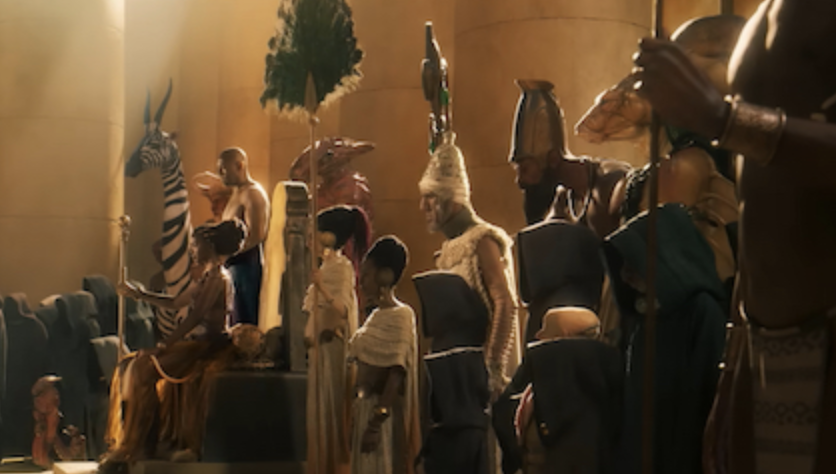When I was a child, I was always contemplating what I might do if I had one (or several) wishes bestowed upon me. My desires for these wishes changed over time, but they all had a thread of consistency about achieving some level of renown in the disciplines I was interested in.
For the longest time, I wished I could be onstage as a musical performer, playing in front of thousands of people. I also went through a phase where I wanted to be a famous athlete, possibly playing basketball on a national stage. And there was the period where I dreamed about writing the great American novel.
Unfortunately, none of these wishes panned out. But ironically, I do perform songs in front of two or three people on occasion, I did coach middle school basketball to moderate success, and I have been writing this weekly column for nearly 30 years.
Maybe wishes do come true? We just have to change our perspectives about them.
Of course, I’m not the only one who has daydreamed about having a wish come true. I’m sure everyone reading this column has concocted a fantasy or two at some point in their lives.
The concept of wishes (and in particular, three wishes) is a recurring theme in literature, folklore, and mythology, often associated with magical beings and supernatural powers. The idea of being granted three wishes has been deeply rooted in the human imagination for centuries. While the specifics and origins of the concept may vary across different cultures, the underlying theme of wishes and their consequences remains a consistent archetype.
One of the earliest known examples of the three wishes motif can be traced back to ancient Mesopotamian mythology. The epic of Gilgamesh (written around 2,000 B.C.) includes a tale where the protagonist, Gilgamesh, encounters the goddess Siduri, who offers him three wishes as a reward for his journey. This early instance establishes the pattern of a limited number of wishes as a reward or gift.
In Arabian folklore, the concept of three wishes gained prominence through the collection of tales known as “One Thousand and One Nights.” These stories, compiled over many centuries, feature a variety of characters, including the legendary figure of Aladdin. In the story of Aladdin, the young protagonist discovers a magic lamp inhabited by a powerful genie who grants him three wishes. However, Aladdin’s wishes often lead to unintended consequences, highlighting the theme of caution and responsibility in making wishes.
The motif of three wishes also appears in European folklore and fairy tales. The Brothers Grimm’s famous story “The Fisherman and His Wife” recounts the tale of a fisherman who catches a magical fish that grants wishes. Similarly, the French fairy tale “Puss in Boots” features a clever cat who helps his master obtain wealth and power through three wishes. In both of these stories, the characters’ desires for more wishes ultimately result in their downfall, teaching a moral lesson about greed and the dangers of unchecked ambition.
The concept of three wishes has also made its way into modern literature and popular culture. One notable example is the story of “The Monkey’s Paw” by W.W. Jacobs, published in 1902. In this chilling tale, a family acquires a cursed monkey’s paw that grants three wishes, but comes with dire consequences for each wish made.
Overall, the concept of three wishes in literature reflects humanity’s fascination with the supernatural, the allure of wishes and desires, and the moral lessons associated with the consequences of unlimited power. Whether cautionary or whimsical, the themes have endured across cultures and generations, captivating audiences with its timeless appeal.
In this week’s feature, “Three Thousand Years of Longing,” we are once again introduced to a unique story involving the invocation of wishes and the unintended consequences they may promote.
Starring Tilda Swinton as a bookish scholar and Idris Elba as a fabled genie, “Three Thousand Years of Longing” contemplates one woman’s immersion into fantasy in order to deal with reality.
This one snuck under the radar late last year without much acclaim, but it’s actually an involved film with some intriguing story dynamics. Of course, its strength is also its weakness in that the film does teeter on confusion occasionally.
Check this one out if you love classical tales wrapped in a modern landscape. It’s also a beautifully crafted film from a visual standpoint, which certainly helped the viewer stay involved.
A mystical “B-” for “Three Thousand Years of Longing,” now available for streaming on Amazon Prime.
Got a question or comment for Dom? You can email him at [email protected].




